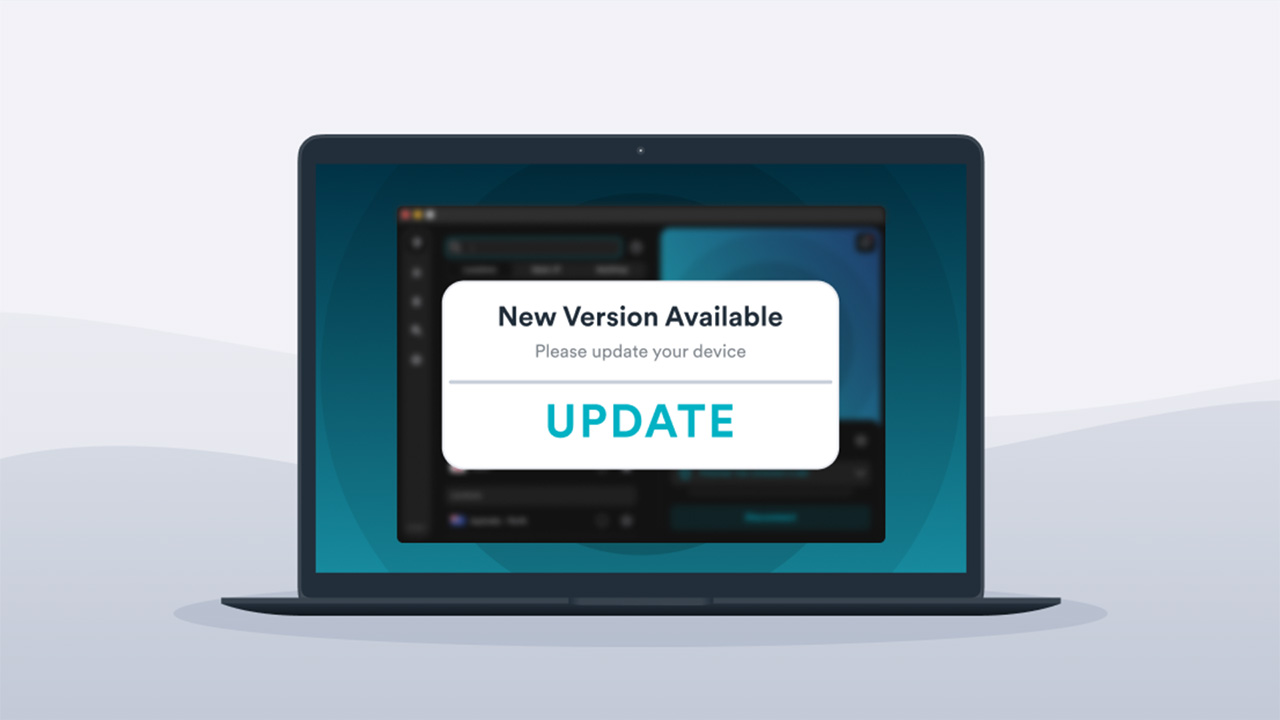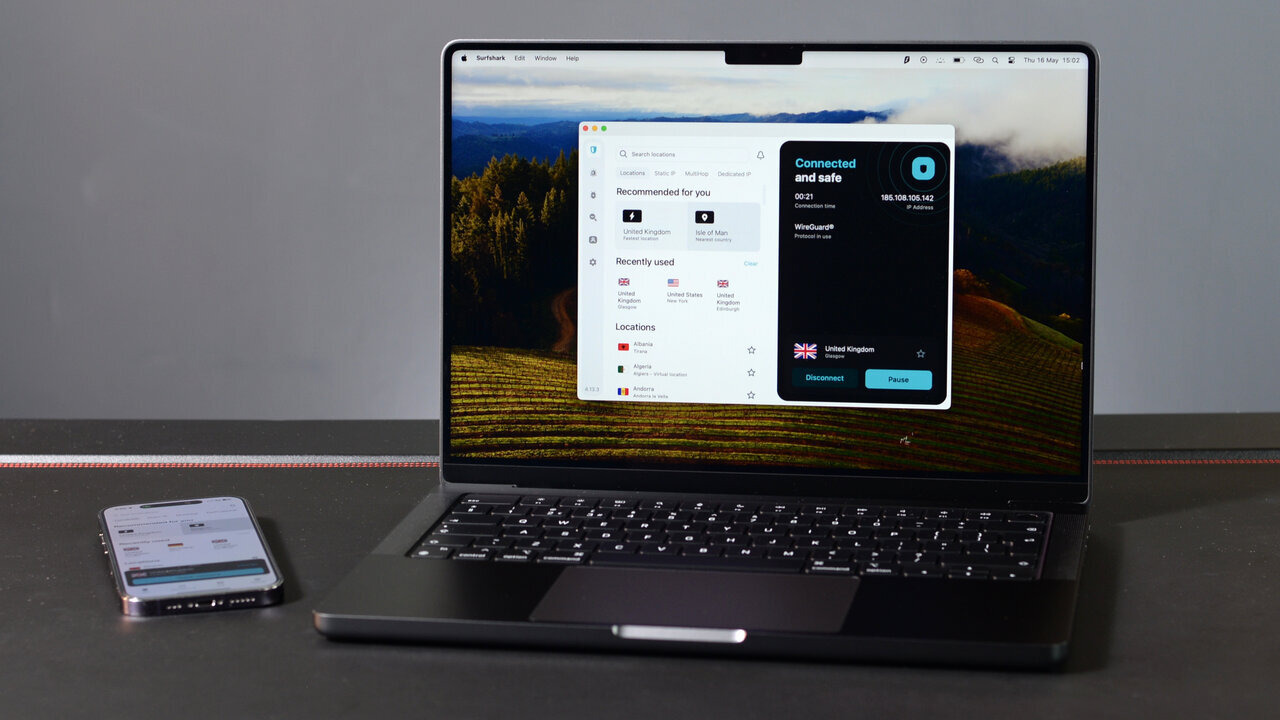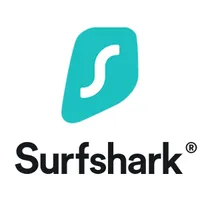Surfshark no longer supports these Apple operating systems – here's what you need to know
The VPN provider wants you to use the safest devices possible

Surfshark has announced it is removing support for legacy Apple operating systems (OS).
The provider, which sits at number two on our best VPN list, will no longer support older iOS and macOS releases. Surfshark users running these older versions will need to take action to ensure they can continue to use Surfshark VPN.
Surfshark said it has taken this decision because it wants "to encourage everyone to use the safest devices" – something not always possible with older devices and systems.
If you're still running an affected OS and currently using Surfshark's iPhone VPN or Mac VPN apps, there's no need to panic. There are steps you can take to stay protected, and we'll tell you all you need to know.
Older devices are vulnerable
Newer devices and systems receive the latest security updates, meaning they're safer. But it's not just security – newer devices and systems also get access to the latest Surfshark features.
Surfshark said by removing legacy support it can "focus on future updates." These include "new features and technologies" not supported by older systems.
It also means "better quality interface and app performance," plus "a smoother and faster update process."
According to Surfshark, it will only support iOS 15 and above, with iOS 14 and below no longer being officially supported.
For Mac, it will support macOS 12 (Monterey) and above. macOS 11 (Big Sur) and below are no longer officially supported.
Surfshark is now seemingly operating a "one-in, one-out" policy. It said "once a new macOS or iOS version is out, we will drop official support for the oldest and start supporting the freshly released one."
The newly released iOS 26 and macOS 26 (Tahoe) are already included in the support list. We can therefore assume that when the next OS is released, iOS 15 and macOS 12 (Monterey) will be the next to lose support.

What to do if you have an older device and system
If you can update your device to a supported OS, then this is all you need to do. Updating will ensure the best performance and protection possible.
If you can't update your device, Surfshark has shared ways of still using its app.
Legacy Mac users can download older versions of the Surfshark app from its website using these links:
- macOS 11 (Big Sur)
- macOS 10.15 (Catalina)
- macOS 10.14 (Mojave), macOS 10.13 (High Sierra), or macOS 10.12 (Sierra)
You can also connect via manual WireGuard configurations using a third-party app. You can download and connect OpenVPN configurations. Finally, you can try built-in manual IKEv2 connections.
Legacy iOS users can't download older applications from Surfshark's website, and only manual connections and configurations are available:
We test and review VPN services in the context of legal recreational uses. For example: 1. Accessing a service from another country (subject to the terms and conditions of that service). 2. Protecting your online security and strengthening your online privacy when abroad. We do not support or condone the illegal or malicious use of VPN services. Consuming pirated content that is paid-for is neither endorsed nor approved by Future Publishing.

George is a Staff Writer at Tom's Guide, covering VPN, privacy, and cybersecurity news. He is especially interested in digital rights and censorship, and its interplay with politics. Outside of work, George is passionate about music, Star Wars, and Karate.
You must confirm your public display name before commenting
Please logout and then login again, you will then be prompted to enter your display name.

